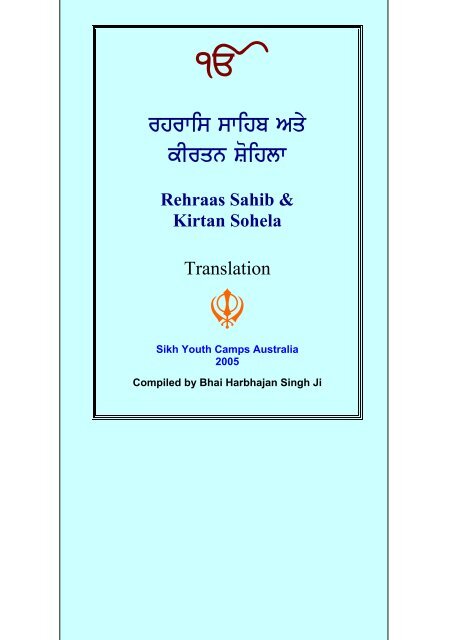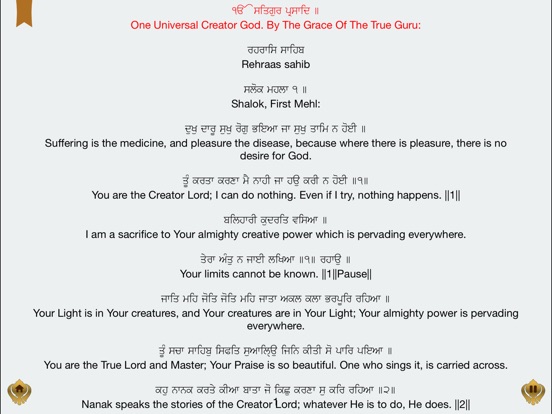

Nanded is the holy city where Baba Banda Singh Bahadur had his ashram and Baba Banda Singh started his journey of Khalsa victory hence it has a very high regard in the history of India. This follows the pattern of Takht Sri Patna Sahib. The Takht houses both the Sri Guru Granth Sahib ji and the Sri Dasam Granth. In 1956 an Act was passed by the legislature of Hyderabad under which the management of the Takhat Sahib and other historical Gurdwaras was legally placed under a 17-member Gurudwaras Board and a five-member Managing Committee. Some of the 'rituals and ceremonies connected with working' are peculiar to this Takhat Sahib.

The control of Takhat Sachkhand Sri Hazoor Sahib, which had formerly passed into the hands of Udasi Sikh priests was regained by the Sikhs under the influence of the Singh Sabha Movement of the late nineteenth century. Most of these men settled permanently in Hyderabad State and also few Hindus of the Deccan embraced Sikhism in the 19th century. Around the same time, the 3rd Nizam of Hyderabad Kingdom a Muslim ruler of the Deccan Region raised a contingent of Northern Sikhs as part of his army. Ranjit Singh had the present building of the Takhat Sahib constructed with money, artisans, and labor sent from Punjab during the early 1830s. Sachkhand (literally "region of Truth") had been used by Guru Nanak Sahib Ji to mean the abode of God. The other four takhats are: Sri Akal Takht Sahib at Amritsar, Takhat Sri Keshgarh Sahib at Anandpur, Takhat Sri Patna Sahib in Bihar and Takhat Sri Damdama Sahib in Talwandi Sabo, Bathinda, Punjab. This site is now one of five Takhats which are places of primary importance to the Sikhs. In October 2008, the 300th-anniversary celebration of the Guruship of Guru Granth Sahib ji took place here. Guru Gobind Singh Ji, while conferring Guruship to Guru Granth Sahib Ji, had himself named Nanded as "Abchalnagar" (literally "Steadfast city") after the first word of a hymn read at random on the occasion. The Sikhs built a room over the platform where Guru Gobind Singh Ji would sit while holding his court and installed Guru Granth Sahib Ji on it. However the wound re-opened a few days later when the Guru was stringing a bow for one of his Sikhs and the Guru merged into the Primal (Joti Jot) after declaring the Guru Granth Sahib as his successor. The Guru's wound was deep, but initially healed after being stitched by an English surgeon sent by Bahadur Shah I, who served as his doctor, and Dara Shikoh before him.

The other was killed by his followers as he tried to escape. One of the attackers stabbed the Guru, and was killed by him with a single stroke of his talwar (curved sword). The Guru held his court and congregation here and was convalescing after being attacked by two would-be assassins. Hazur Sahib marks the site where Guru Gobind Singh ji had his camp in 1708.


 0 kommentar(er)
0 kommentar(er)
